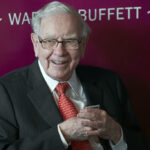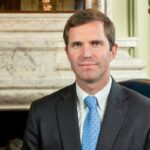Walk-in pop-up centers are seen as the answer to getting France’s poorest population vaccinated. The idea was to bring the vaccine to the people in highly visible pop-up gazebos located in well-traveled public areas. The Associated Press has the story:
The mini-vaccination centers are helping people get their shots without the long travel to a large center or hospital
LE BOURGET, France (AP) — The poorest region in mainland France has managed to dramatically speed up its COVID-19 vaccination campaign in recent weeks, notably by opening walk-in pop-up centers to reach out to people where they live and work.
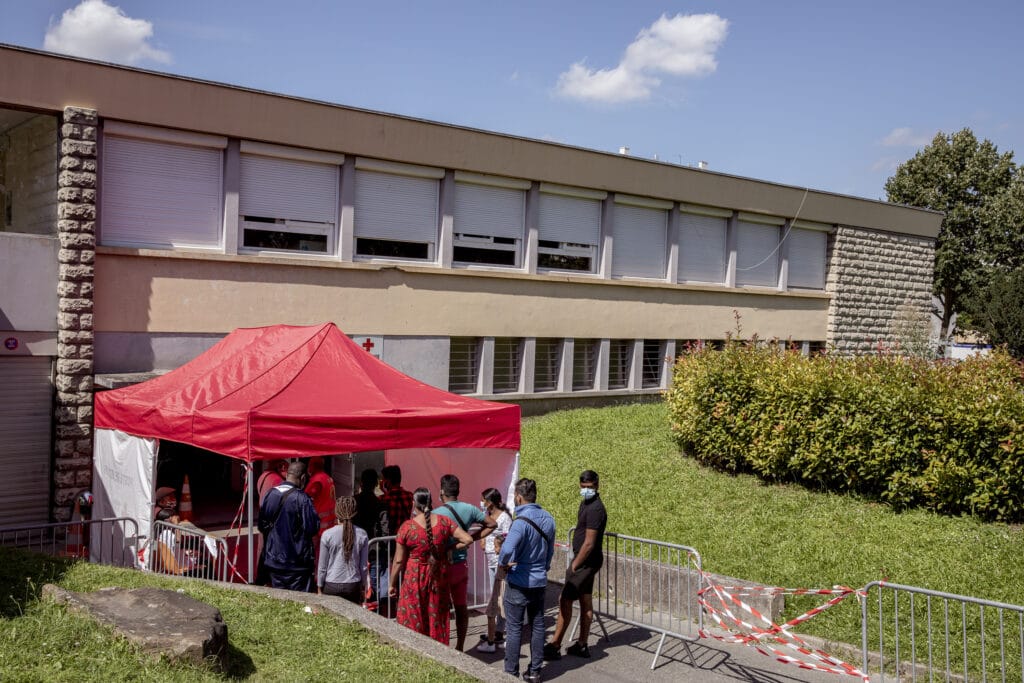
The multicultural, working-class region of Seine-Saint-Denis, north of Paris, initially struggled in getting the word out about vaccines to a population where many are immigrants who don’t speak French or lack access to regular medical care.
But offering vaccinations at a highly visible location with easy access seems to be doing the trick.
Manuela Buval, 53, was waiting for her teenage son, who was getting his first vaccine shot Friday in a public park in Le Bourget.
“Everybody in the neighborhood walks through the park … whether on their way to work or to come play with their children,” she said.
Without the Red Cross pop-up vaccination center, Mona Muhammad, 24, said she would have had to leave her children at her sister’s on the other side of Paris in order to get to a large vaccination center outside of town.
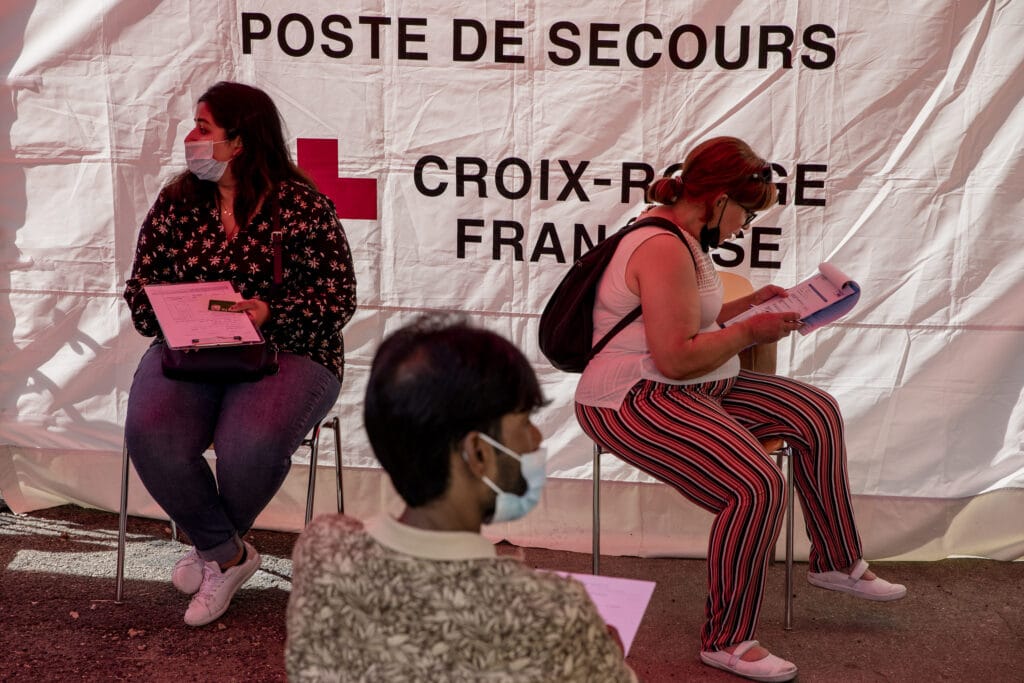
“But thankfully, I can get my vaccine here in the city center while my kids play in the park,” she said.
This region on Paris’ northeast edge, where over a quarter of the population lives below the poverty line, had registered the highest rise in mortality in the country when COVID-19 first spread in France last year.
After trailing below the national vaccination rate average for months, the region is now three points above it, with 71% of its population having received at least a first dose. About 57% of people are fully vaccinated in France.
The success story is, in great part, the result of local initiatives. Since June, the Red Cross has vaccinated over 10,000 people at walk-in pop-up vaccination centers it set up across the region.
Immigrants and people staying in the country with no legal permission form a majority of those the Red Cross has vaccinated in its center in Le Bourget.
“Regular vaccination centers are like huge factories. We have a more local approach. Our goal is to bring the vaccine to people who would otherwise fall through the cracks of the system,” explained Roger Fontaine, the president of the Red Cross in Seine-Saint-Denis.
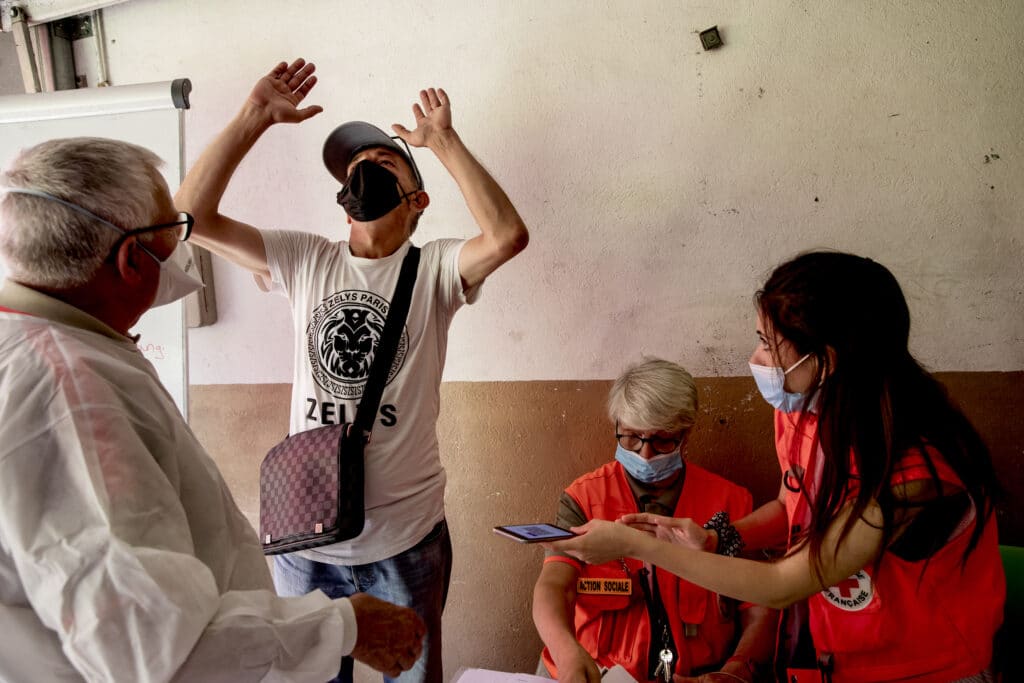
For Le Bourget Mayor Jean-Baptiste Borsali, French President Emmanuel Macron’s announcement on July 12 that a health pass would be required for many daily activities has been an important factor in driving up vaccination rates in the region.
The pass shows proof that people are fully vaccinated, have recently tested negative or have recovered from the virus. It is needed to enter restaurants, bars, sports arenas or get on long-distance trains, planes and buses, and many younger people have realized that the pass is vital to maintain a social life.
“We saw a real difference from one day to the next,” Borsali said, and many of those visiting the vaccination center last week confirmed that the new health pass requirement played a role in their decision to get a shot.
Up to 75% of the region’s population are immigrants or have immigrant roots, and its residents speak 130 different languages. Le Bourget is no exception, being home to a large Sri Lankan community, some of whose members don’t speak French.
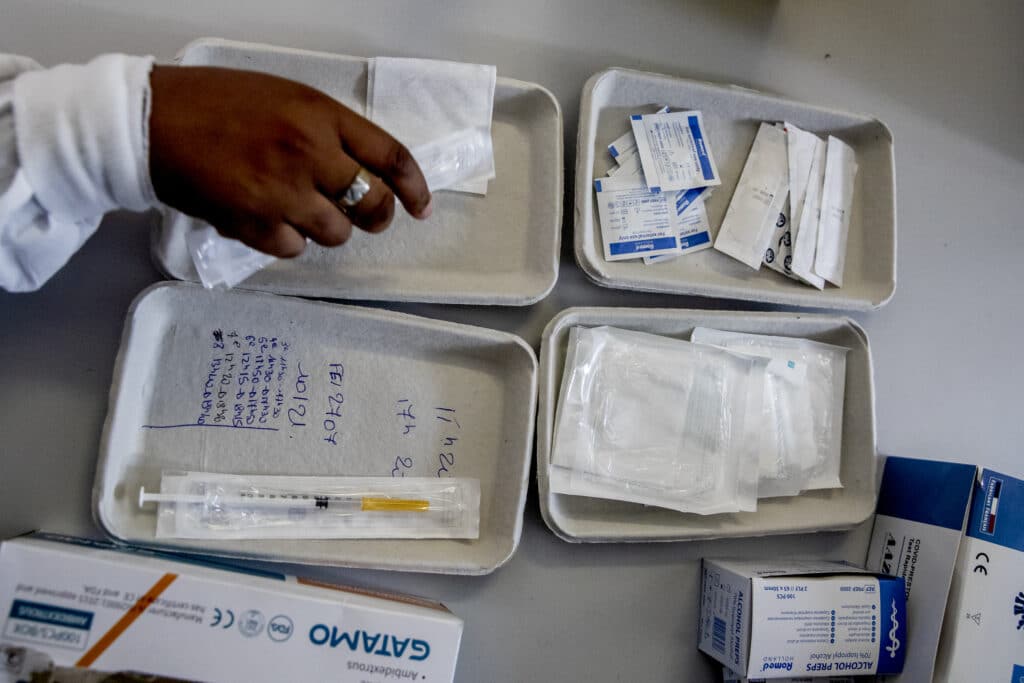
Anandarajah Rishi, a 42-year-old insurance expert and Red Cross volunteer with Sri Lankan roots, was called in at the pop-up center over his lunch break on Friday to translate for those who needed help filling in their medical forms.
“I always keep my (Red Cross) uniform in my car, just in case,” he explained. “When it comes to health, it’s important that we are able to speak with them in their mother tongue, to establish trust and make sure that we get their correct medical information.”
Anusuya Thangavel, a 32-year-old business manager also from Sri Lanka, acknowledged it was reassuring to her and her relatives that they could speak in their native tongue to medical workers.
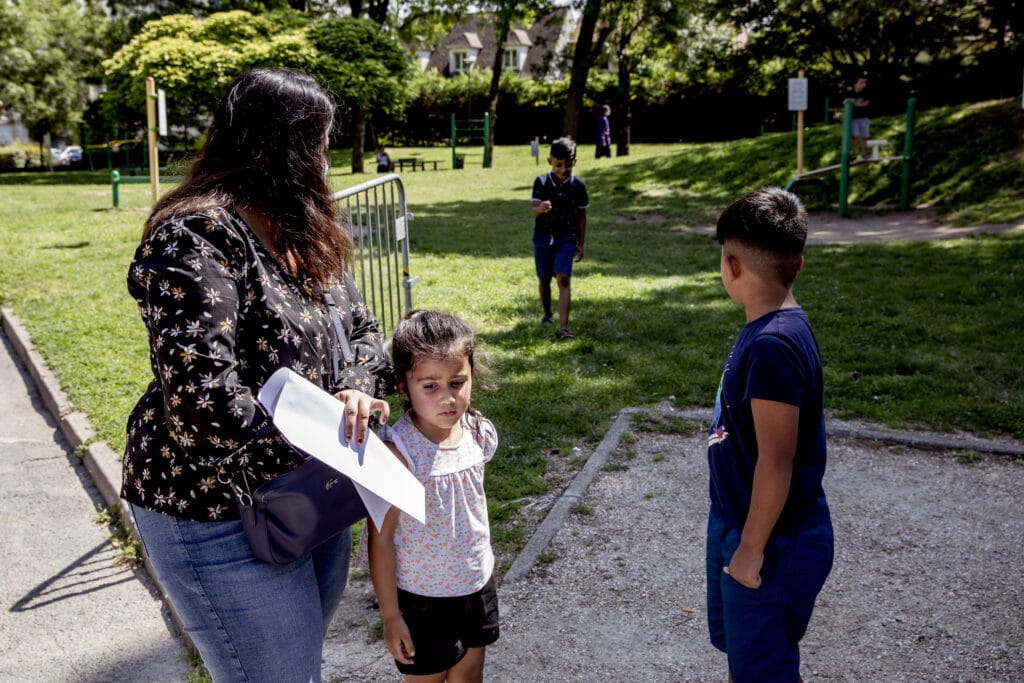
Pop-up vaccination centers also play a crucial role in reaching people with no legal documents allowing them to stay in France. While the French health care system is meant to provide accessible medical treatment for all, those without a valid government-issued ID and proof of enrollment in the country’s social security system cannot be vaccinated at regular centers.
Fontaine realized the scope of the problem after a person delivering food to the vaccination team initially turned down their offer to get the shot.
“We quickly understood he was staying illegally, but we vaccinated him regardless. The next day, he came back with all of his friends who were in the same situation,” he recounted. “We don’t turn anyone away here.”
The Red Cross walk-in centers have also been a “game-changer” for people who work long or unusual hours and cannot make it to large vaccination facilities during traditional work hours, Borsali said.
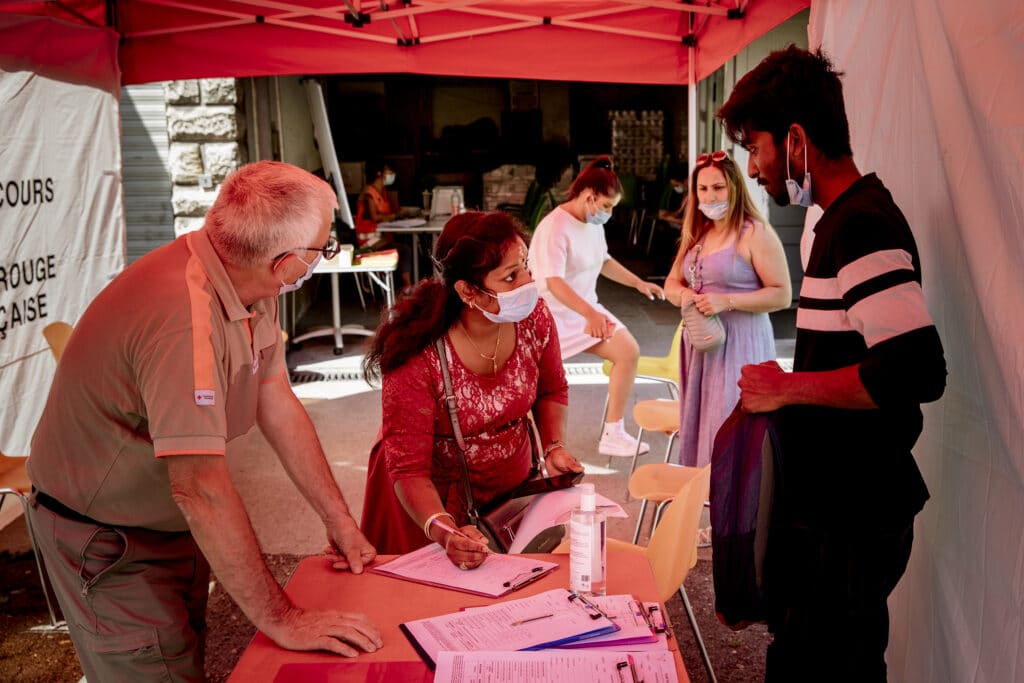
Many, like Hibach Noureddine, a 50-year-old taxi driver, said taking time off work to go out of town and wait in line for a vaccine shot was a loss of income they simply could not afford.
For Macina Sira, a cleaner in her 40s, the pop-up center was a big relief. “For those who work long hours and have children like me, going to the larger vaccination centers is complicated,” she said. “They’re far away, and you can’t bring your children out there.”
While Seine-Saint-Denis is overcoming vaccination barriers, inoculation rates and demand for vaccines remain low in France’s most impoverished lands of all: its overseas territories.
The French Caribbean islands, Martinique and Guadeloupe in particular, have seen sky-rocketing infections in recent weeks, mainly among the non-vaccinated, prompting France to send in more medical assistance to cope with the problem.
Byline: By CONSTANTIN GOUVY




